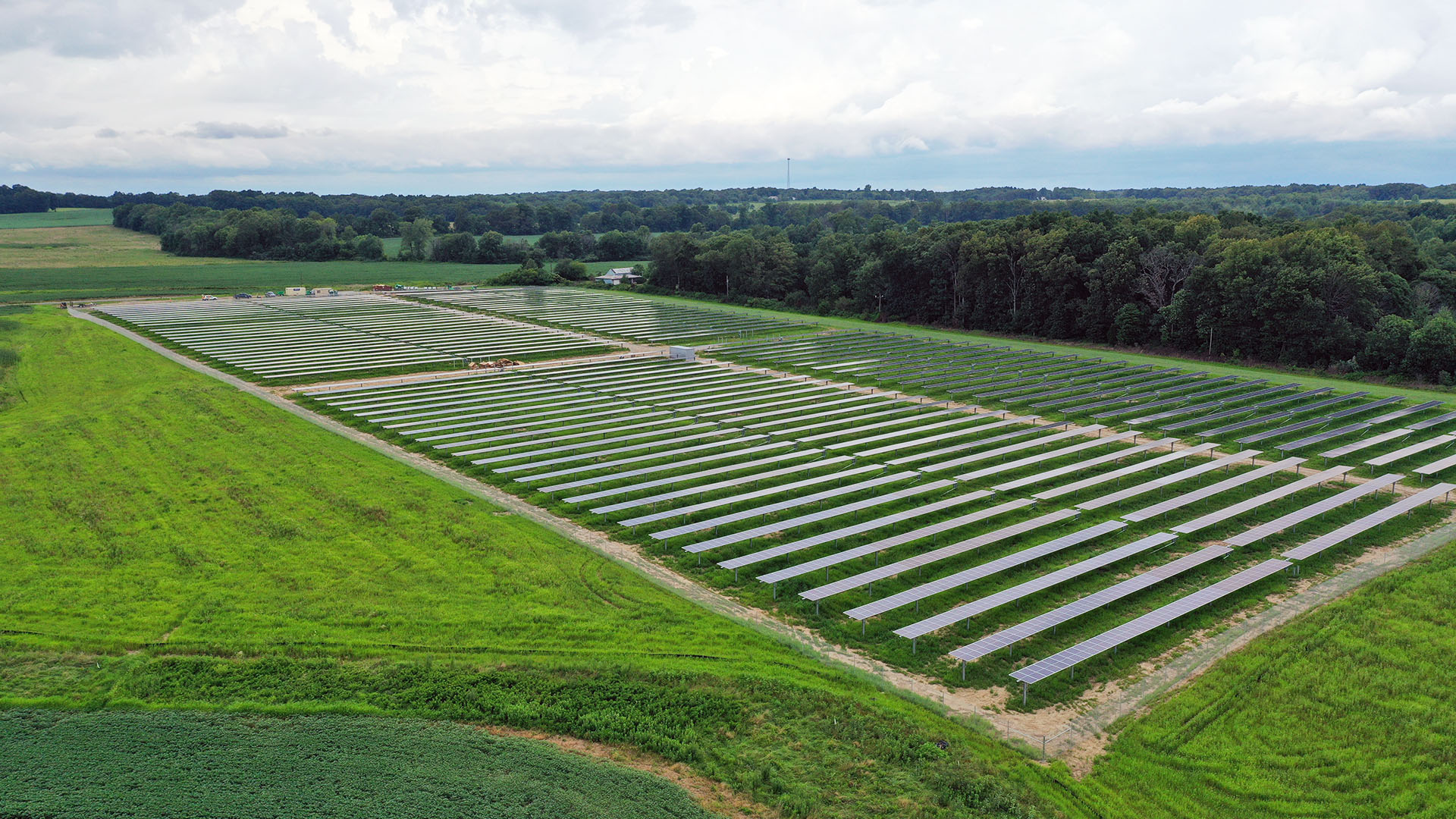Landowner FAQs
Built With a Sustainable Mindset
If you own a parcel of land that is not being used, solar can be a valuable opportunity for you to create a passive income stream with your land. BOW partners with landowners of greenfield, brownfield, and even school sites to build solar projects that benefit you and your community.

“Greenfield” refers to land that is undeveloped, such as farms or open space.

“Brownfield” is land that has been previously developed that could be contaminated, such as industrial sites or landfills.
Going Solar
Though the ultimate goal for hosting a solar project is to work toward a clean energy future, the immediate benefits of solar include:
- Retain your land for future generations
- Earn 3x or greater than typical agricultural rates
- No increased property tax for landowners
- Diversified income streams
- Sustainable land management
- Land returned to previous condition
A solar project lasts 30-40 years. During this time, the landowner maintains ownership of the land and is paid on a per-acre basis for the use of their land. During the leasing period, landowners can continue to use their adjacent lands for farming or other activities that do not disrupt the solar farm. Landowners are not responsible for maintenance or decommissioning of the solar project and are free to use the land however they want after the lease expires. Solar projects are conscientiously designed to be low impact on the land, and once removed, the land will be restored to near its previous condition.
If you are interested in solar land leasing, contact us today and we will assess your land using our GIS tools. If your land is a good fit for a solar project, we will send you a sample proposal to review and schedule a site visit to come out and talk about the next steps.
Landowner FAQs
Who maintains the solar equipment?
The solar company is responsible for maintaining the project and land associated with the project. Once the installation is complete, there will be periodic site visits by engineers and maintenance teams to manage the solar farm. Some of the maintenance includes mowing and trimming the site to keep it clean as well as equipment maintenance visits. The landowner does not need to maintain any aspect of the leased area.
Will my property taxes go up?
Solar is not usually taxable, but the solar company is responsible for any increases in your land-use taxes from project development.
Are solar farms safe, and will they harm my land?
These projects are carefully designed for low environmental impact and are easy to remove. Solar farms follow all local, state, and federal construction regulations. Solar farms do not use fuel or produce emissions. For this reason, they are considered very clean and safe.
Who uses the energy captured by the solar farm?
This varies on a case-by-case basis, but most often, the power is plugged into the larger, regional electrical grid system to be used by residential and commercial customers. Or, the power can also be directly consumed by a commercial or industrial facility if the facility is adjacent to or near the solar farm.
Can I still use my land?
Yes, during the development period, while we permit and study the land, you may continue farming or using your land. Once construction starts and the system is operational, you will no longer be able to use the land inside the fence line (lease boundary). During the operations period, you can use anything outside of the lease boundary.
Will my land be harmed in any way?
Once operational, solar farms do not use or produce any hazardous materials, gases, or chemicals that could harm your land. During construction, land impacts will be modest and temporary, mostly caused by the activity of trucks and construction equipment.
